At Westlake, we continuously look for opportunities to improve our operations, safety, efficiencies, and impact to the environment. We monitor and measure costs
and benefits, including sustainability benefits, when gauging the efficacy of projects. We take a holistic view of how projects can improve operations in multiple ways.
 Operational, Chemical and Worker Safety
Operational, Chemical and Worker Safety

For Chemical Safety Management, Westlake has a standardized chemical approval process. Before each chemical is brought on site, the hazards associated with the storage and use of the chemical are evaluated by the Health, Safety and Environment (HSE) department. Any special precautions, training or equipment that are required are conducted and utilized prior to using the chemical. If acceptable risk mitigation cannot be implemented, the chemical is not approved and alternatives must be found.
 Operational Safety
Operational Safety
Drive to Zero is our safety commitment to each other. Safety is the number one priority in the workplace and our plants across the globe. Westlake is committed to ensuring our operations and people are kept safe in all plants.
Our safety efforts translate into an overall injury rate that is below the industry average. Our safety record consistently ranks Westlake in the top quartile or 25% of performance for our industry categories.

 Process Safety Management (PSM), and Health, Safety and Environment (HSE)
Process Safety Management (PSM), and Health, Safety and Environment (HSE)
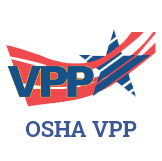
Process Safety Management (PSM) requires consistent application of best practices across plants and manufacturing operations. HSE plays a pivotal role in overseeing all related policy protections, risk identification, and other aspects of our business — to keep our people healthy and safe. Westlake's HSE and PSM processes are audited at all sites globally every three years, reinforcing that safety is not a goal but an unchanging requirement we vigilantly enforce.
To further demonstrate this, we are actively working towards our goal of attaining Occupational Safety and Health Administration (OSHA) Star status for each or our United States-based chemical plants by 2024.
 Energy Use, Air Quality and Emissions
Energy Use, Air Quality and Emissions
Westlake continues to make steady progress toward achieving our 2030 target to reduce Scope 1 and Scope 2 CO2e emissions per ton of production by 20% from a
2016 baseline. In 2022, we achieved a total reduction of 18% in Scope 1 and Scope 2 GHG emissions intensity from our 2016 intensity baseline.
Our total energy usage in 2022 was 188,766,671 MMBTUs. Our energy efficiency (MMBTU per ton of production) improved 6.74% over the previous year. By continuing our efforts to improve our process efficiency and install equipment upgrades, we also improved our energy efficiency by 10.11% in 2022 compared to our 2016 baseline.
 Responsible Waste Management and Water Use
Responsible Waste Management and Water Use
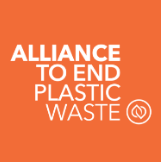
At Westlake, we are engaged in the transition toward a circular economy. One of our key priorities is to reduce waste being directed to landfills by transforming it into feedstock for our products. Materials that our facilities cannot reuse are diverted from the waste stream and provided as recycled material inputs for sister facilities to use in making other products where possible.
- In 2022, our polyethylene, compounds and building products businesses produced approximately 400 million pounds of total recycled final products from in-house generated process regrind, post-industrial recycled material, or post-consumer recycled material in the product formulas.
- Westlake developed high-performing epoxy systems for wind turbine blades, and are developing a range of epoxy systems designed for the production of
larger, lighter, and more durable fiber-reinforced pressure vessels for hydrogen production, storage and transportation.
Westlake joined The Alliance to End Plastic Waste (AEPW) in March 2019 to reduce plastic waste in the environment, particularly in the world's oceans. AEPW is a coalition of 50 companies from the plastics and consumer goods value chain aligned to work to eliminate plastic waste in the environment and demonstrate projects that create and extract value from plastic waste.
Water is an integral part of our operations. In our business, water is used for steam generation, cooling and even incorporation into some of our products. We continuously strive to reduce our water footprint through water reuse and recycling, and by focusing on continual improvement through operational excellence.
 Select Sustainable Products
Select Sustainable Products
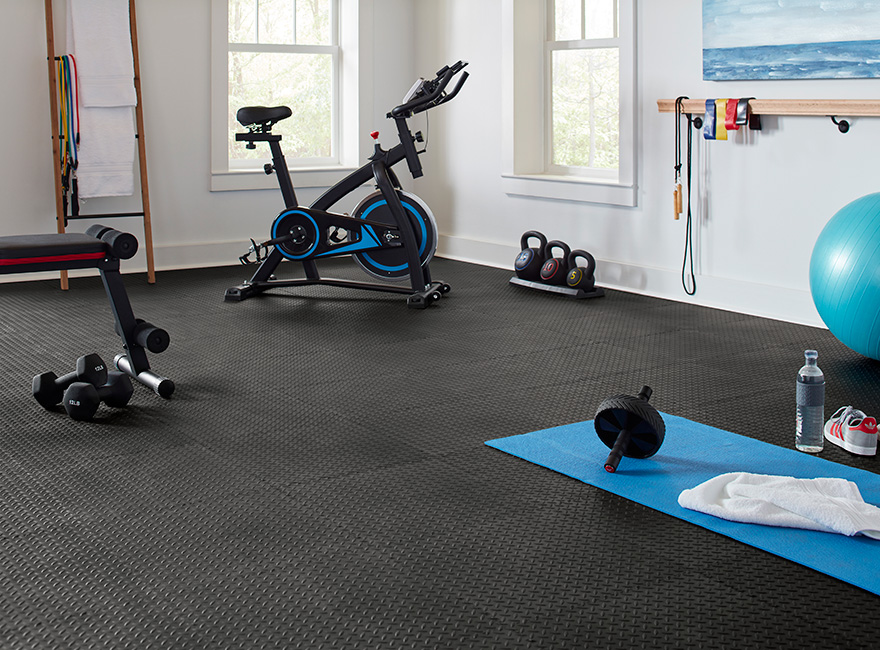
Consumer Goods
Westlake Dimex:
One of the largest recyclers of industrial PVC and a leading manufacturer of sustainability oriented consumer products made from PIR PVC, PE, nylon, thermoplastic elastomers, and other materials
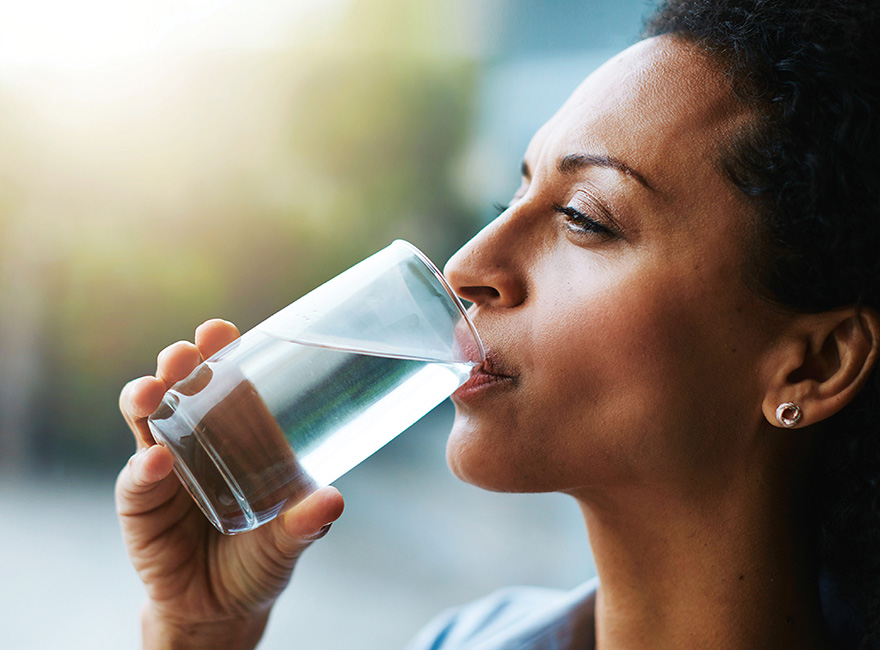
Water Solutions
Accu-Tab® Chlorination System:
Used to sanitize water for drinking, food safety, agriculture, industrial, power generation and recreational
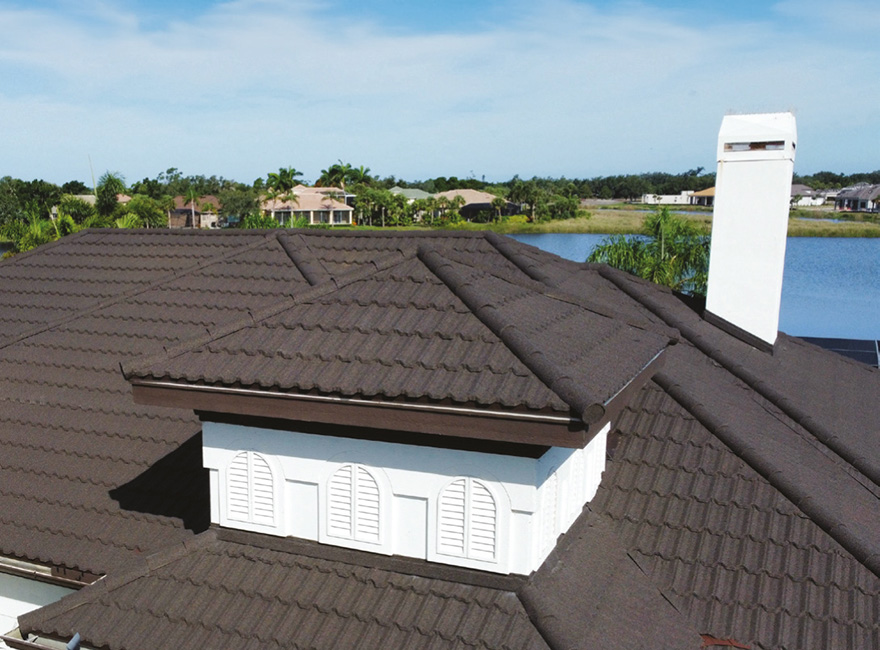
Stone Roofing
Westlake's Unified Steel® Stone Coated Roofing:
Awarded by Green Builder magazine as a “2023 Sustainable Product of the Year”
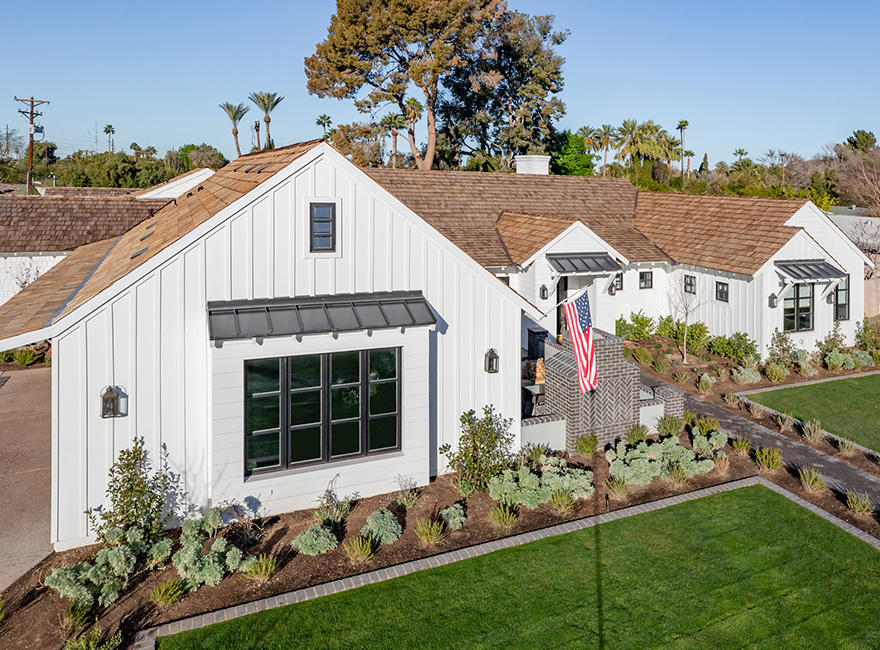
Exterior Siding
TruExterior® Siding:
Incorporates at least 70% fly ash—a byproduct of coal power generation—into its polyash technology, diverting waste from landfills and producing durable, wood-like exterior building materials
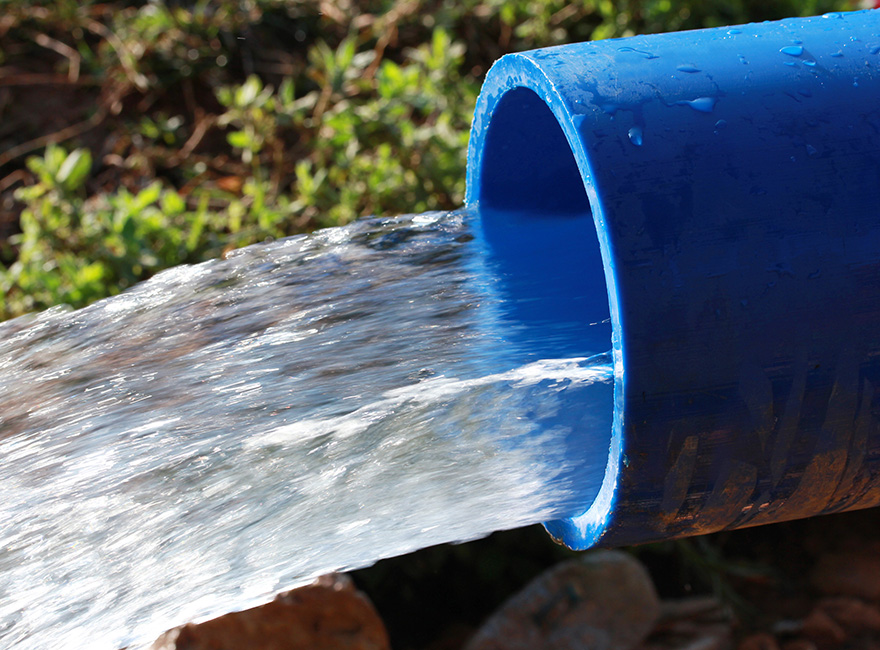
Pipe & Fittings
Molecular-Oriented PVCO:
40% less pipe weight and more durable than conventional PVC pipe

PVC
GreenVin® PVC and GreenVin® Caustic Soda:
Produced with renewable energy under European Guarantees of Origin

Vinyl Siding
Foundry® Siding:
Durable multi-layered vinyl cladding made with PIR

Compounds
Pivotal® PVC Compounds:
Formulated with post-industrial recycled content
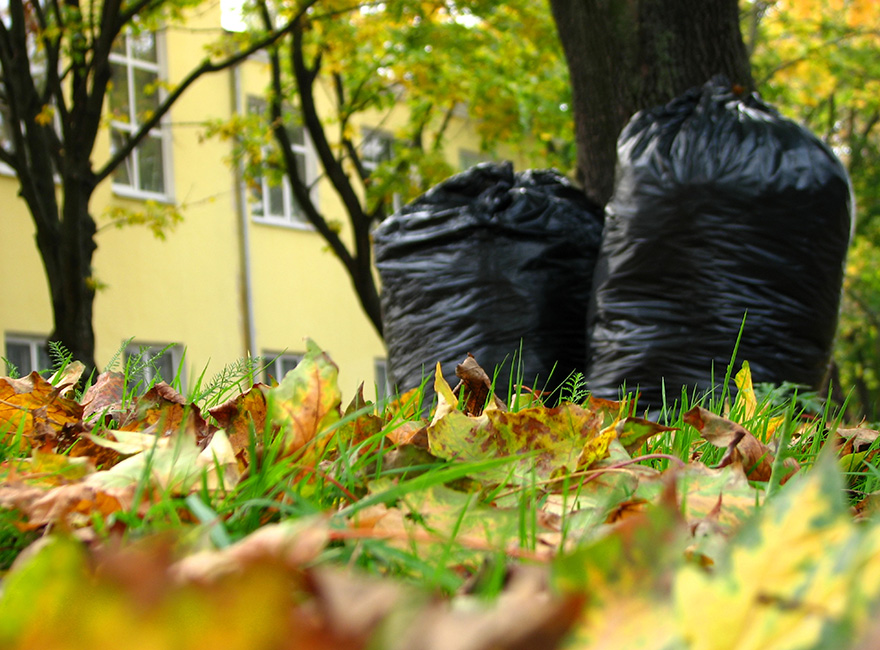
Polyethylene
Pivotal® One-Pellet Solution:
Green Circle Certified for post-consumer recycled content
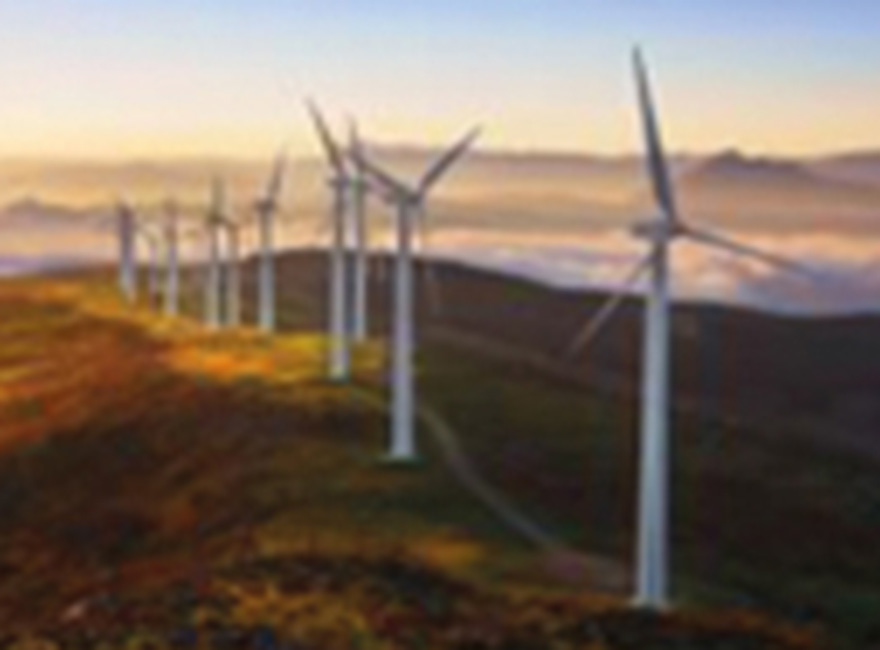
Epoxy:
Azures™:
Free of any REACH substance of very high concern (SVHC)
 Circular Economy Solutions
Circular Economy Solutions
At Westlake, we proactively seek to innovate to advance a circular economy, which aims to keep resources in use for as long as possible to maximize their value. Areas of focus that offer the most potential for creating value are described below:
Customizable engineered solutions:
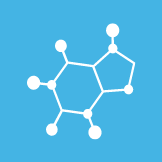
Extract plasticizers for reuse
The company has utilized a proprietary process to extract plasticizers from unusable items to be reused in a new product or compound.
Reduce odor when using recycled materials
A large hurdle for the application of PCR is odor from residual contaminants, limiting the sustainable compound's use in certain client products.
Incorporate more biodegradable additives:
Westlake is researching the application of biodegradable additives in collaboration with suppliers.
